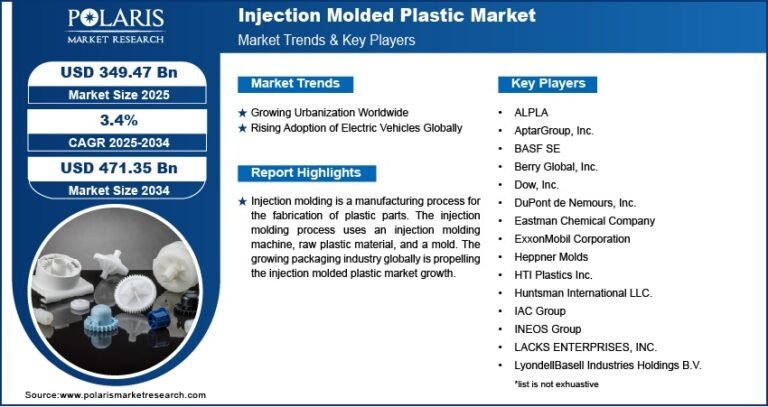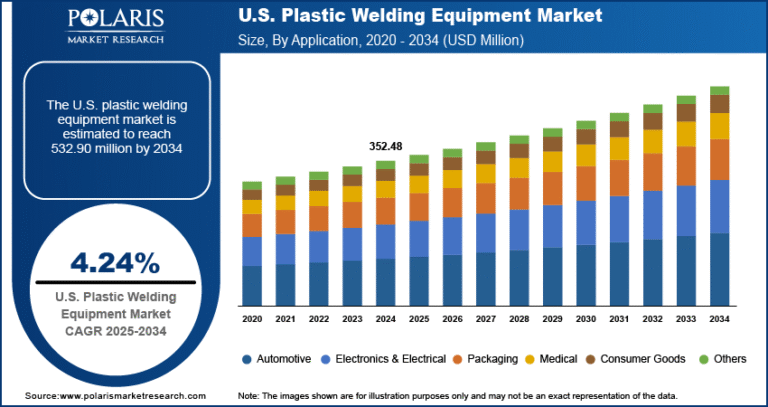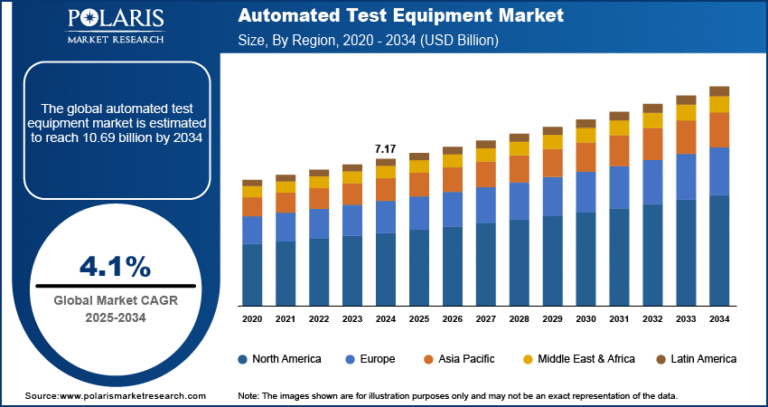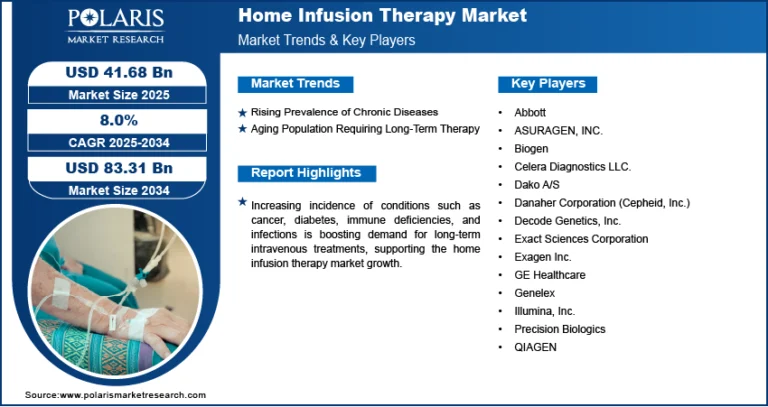The Autonomous Forklift Market is expected to achieve USD 15.29 billion by 2034, advancing at a CAGR of 12.2%.

Autonomous Forklift Market Analysis: Opportunities, Innovations, and Growth Potential Through 2025-2034
The autonomous forklift market was valued at USD 4.85 billion in 2024 and is projected to grow at a CAGR of 12.2% from 2025 to 2034. The rising demand is driven by growing labor shortages and escalating labor costs, increased focus on workplace safety with fewer accidents, and the rapid expansion of the e-commerce sector.
Market Definition
The Autonomous Forklift Market refers to the segment of material handling equipment that uses advanced technologies like sensors, AI, and machine learning to operate forklifts without human intervention. These forklifts are designed to improve efficiency, safety, and productivity in warehouses, manufacturing plants, and logistics centers.
Key Report Highlights
· The report highlights the key region that accounts for the highest revenue share in the global Autonomous Forklift Marketmarket.
· It identifies the leading country within this region that makes a significant contribution to the market’s overall performance.
· The report outlines the dominant segment that holds a major share of the market.
· It also emphasizes the fastest-growing segment projected to gain strong traction during the forecast period.
· Qualitative and quantitative market analysis have been used to provide an in-depth understanding of the market.
Market Overview: Key Figures at a Glance
· Market Value in 2025: USD 5.43 Billion
· Projected Market Size in 2034: USD 15.29 Billion
· Anticipated CAGR 2025-2034 : 12.2 %
Get access to the full report or request a complimentary sample for in-depth analysis:
https://www.polarismarketresearch.com/industry-analysis/autonomous-forklift-market/request-for-sample
Market Growth Drivers
Labor Shortages and Rising Wages: Ongoing labor shortages in warehousing and logistics, combined with increasing labor costs, are prompting businesses to adopt autonomous forklifts for operational efficiency and cost reduction.
Growth of E-commerce and Warehousing Needs: The surge in e-commerce has fueled the need for faster, more accurate material handling and warehouse automation, boosting the demand for autonomous forklifts.
Enhanced Safety and Accident Reduction: Autonomous forklifts reduce human error, leading to fewer workplace accidents and improved safety, which is a major incentive for companies focused on compliance and worker protection.
Technological Advancements: Integration of AI, LiDAR, IoT, and computer vision technologies has significantly improved the capabilities of autonomous forklifts, making them more reliable and scalable for diverse industrial applications.
Demand for 24/7 Operations: Unlike human-operated machinery, autonomous forklifts can function around the clock, which is especially beneficial in high-demand sectors such as manufacturing, logistics, and retail.
Market Key Players
The competitive landscape features a mix of long-standing companies and emerging contenders. Leading players are actively pursuing R&D initiatives and strategic moves to strengthen their market position. Notable participants include
- Hyster-Yale Materials Handling, Inc.
- Jungheinrich AG
- KION Group AG
- Mitsubishi Logisnext Co., Ltd.
- Oceaneering International, Inc.
- Seegrid Corporation
- Swisslog Holding AG
- Toyota Industries Corporation





